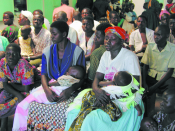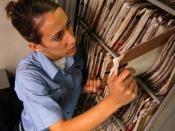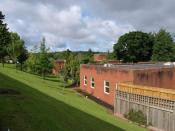Fall Prevention
Falls are one of the most common adverse events in health care institutions. Health care facilities are entitled to monitor patients and visitors who are in the risk of falls when entering their premises.
Education is part of fall prevention. We can educate health care employees as nurses, physicians, health care employees, patients and visitors on how to prevent a fall. The way we can educate all the employees in the health care field is by instructing them on conferences, meetings and signs in the hallways if there is a risk. I consider they should be the first ones who receive the appropriate instruction from their employer, in that way they are able to instruct patients and visitors.
Patients are most of the time assessed when they are seeing a healthcare provider as an office visit, an outpatient procedure, an inpatient procedure or if they are in the emergency room.
By asking a few questions regarding risk for falls, the healthcare providers can avoid serious problems with litigation.
Elderly persons are, of course, at the most risk for falls. As the Iowa Department of Public Health published to their community several tips to avoid falls: "Take your time- get out of chair slowly, sit for a moment before getting out of bed, wear sturdy, well-fitting shoes with low heels and non-slip soles, see an eye specialist once a year. Poor vision can increase your chances of falling, be aware that some medications have side effects that can cause dizziness, increase physical activity-regular exercise increases balance and strength. Follow these tips to make living areas safer and help reduce risk of falls. Remove tripping hazards like throw rugs and clutter in walkways."
It is essential to keep the elderly community informed to prevent falls as "For example, in the...


